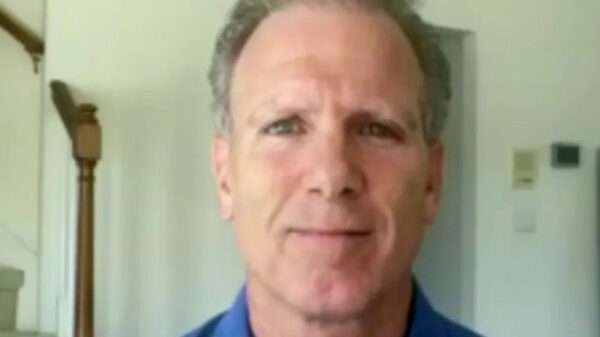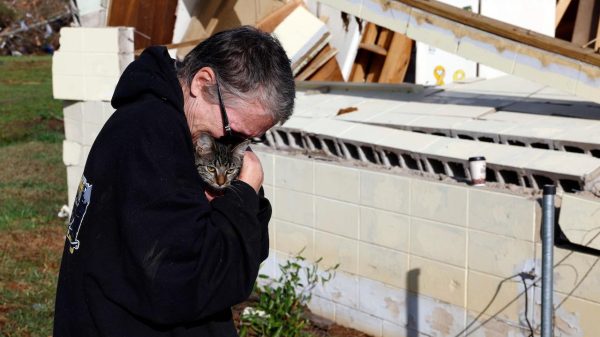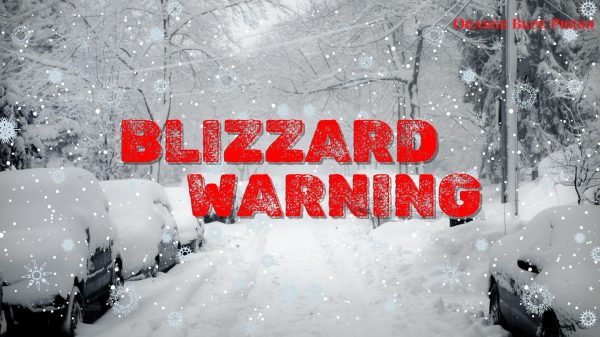
(Photo: Pars Today)
A “hunger cliff” is looming for millions of Americans, with 32 states set to cut food stamp benefits beginning on Wednesday.
The cuts will affect more than 30 million people in those states who are enrolled in the Supplemental Nutrition Assistance Program or SNAP. Agriculture Department. California and Texas, which have the most SNAP recipients (5.1 million and 3.6 million, respectively), are among the states facing cuts.
The cuts, set to begin in March, resulted from the end of so-called emergency allotments, which boosted food stamp benefits at the start of the pandemic as Americans grappled with the massive economic disruption. While the United States is undoubtedly more stable than in 2020, households now face high food costs resulting in a possible hunger cliff.
“This hunger cliff is coming to the vast majority of states,” said Ellen Vollinger, SNAP director at the Food Research & Action Center, an anti-hunger advocacy group. “That is an incredible figure.”
READ ALSO: $939 To Boost In 2023 Food Stamp (SNAP) Benefits And State Emergency Allotments Will End This Month
That means a family of four could see their monthly benefit reduced by $328. The elderly Americans who receive the minimum monthly benefit may be the hardest hit. Their SNAP payments could be reduced from $281 to as little as $23 per month.
Meanwhile, 18 states had already ended their emergency allotments early, with some blaming the improving economy. According to Pew Stateline, states that have cut nutritional aid, such as Georgia, have seen increased demand for food banks.
“Like many food banks across the country, we are seeing longer lines,” said Kyle Waide, president, and CEO of the Atlanta Community Food Bank, to CBS News. “In the last 15 months, our network has grown by 40%.”
The remaining 32 states that had received additional aid will lose it in March due to a provision in the 2023 Omnibus spending bill, signed into law in December, that directs the emergency allotments to end next month.
More than 40 million people rely on food stamps.
According to experts, this hunger cliff is looming despite the improving economy. According to USDA data, food-stamp enrollment remains high, with 42 million people receiving the benefit in November 2022, the most recent data available, or about 6% more than in 2020.
It may appear strange that SNAP enrollment has increased when the nation’s unemployment rate is at its lowest since 1969, many workers are still unable to find full-time work or work enough hours to pay the bills, according to Vollinger.
“Preparing for the Hunger Cliff”
Critics argue that because the food-stamp cuts were signed into law only in December, states and individuals needed more preparation time. Meanwhile, food banks anticipate increased demand as food aid is reduced.
“People have to choose between putting food on the table and paying rent,” Food Bank of the Rockies CEO Erin Pulling told CBS Colorado. “We are seeing more people than ever who require food assistance.”
“We’re bracing for it,” Pulling said of the food stamp cuts.
READ ALSO: South Carolina Food Bank Prepares for the End of SNAP



















